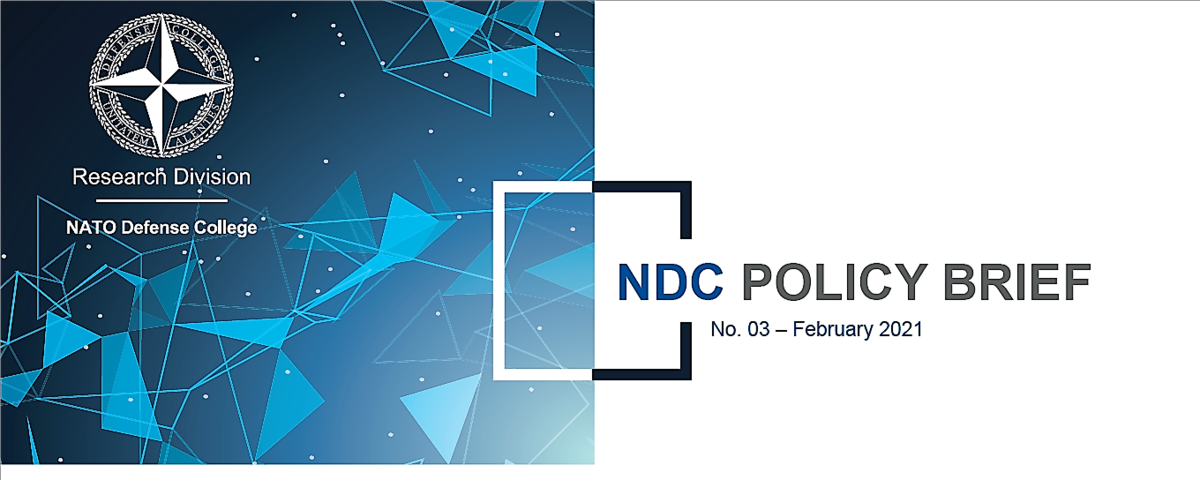Das Institut für Biochemie lädt gemeinsam mit dem Ortsverband der Gesellschaft Deutscher Chemiker zu einem
K o l l o q u i u m der GDCh
Großer Hörsaal des Instituts für Biochemie
Felix-Hausdorff-Str. 4, Greifswald
Montag, 15. Dezember 2025, 16 Uhr c.t.
Dr. Melanie Köhler
Leibniz-Institut für Lebensmittel-Systembiologie
der Technischen Universität München
spricht zum Thema:
Maximizing Flavor: Leveraging Nano-biophysical Methods for Studying Flavor Active Chemo- and Mechanosensors
Abstract:
The food industry faces the challenge of creating healthier products with less salt, sugar, fat, and calories while preserving flavor and consumer satisfaction. Flavor perception, shaped by taste, smell, texture, and individual factors, demands deeper understanding to advance healthier food innovations.
This research employs nano-biophysical techniques, particularly bio atomic force microscopy (AFM), to explore taste and texture at the molecular level [1,2,3]. AFM emerges as a transformative tool in flavor and food perception research, offering nanoscale insights into the physical properties of food components, their interactions with oral sensory receptors (chemosensory taste receptors, mechanoreceptors), and their roles in flavor release mechanisms. For example, AFM identified binding of a bitter peptide (VAPFPEVF) to its receptor (TAS2R16) without triggering downstream signaling [4]. It also offers nanomechanical probing capabilities to study oral texture perception (mouthfeel), mediated primarily by mechanoreceptors in the oral cavity. Despite its significance, oral texture perception remains underexplored at the biomolecular level, particularly regarding links between food composition (e.g., food-derived agonists for mouthfeel), structure, and sensory responses [1,3]. By integrating findings from AFM-based studies with fluorescence-based calcium signaling assays, gene regulation analyses, and human sensory evaluations, this research aims to bridge the gap between objective measurements and subjective flavor experiences.
Leveraging nano-biophysical methods like AFM provides innovative approaches to decode chemo- and mechanosensory processes in flavor perception and offers novel concepts for designing healthier, sensory-appealing foods that address critical health and nutrition challenges.
[1] Koehler, M, et al. Nat. Food (2024): 1-7.
[2] Karanth, S, et al. J. Agric. Food Chem. 72.26 (2024): 14521-14529.
[3] Karanth, S, et al. Foods 13.21 (2024): 3411
[4] Richter, P, et al. Food Chem. (2025): 144448
Einladende
Prof. Dr. Mihaela Delcea
Dr. Christian Fischer; Vorsitzender des Ortsverbandes der GDCh








